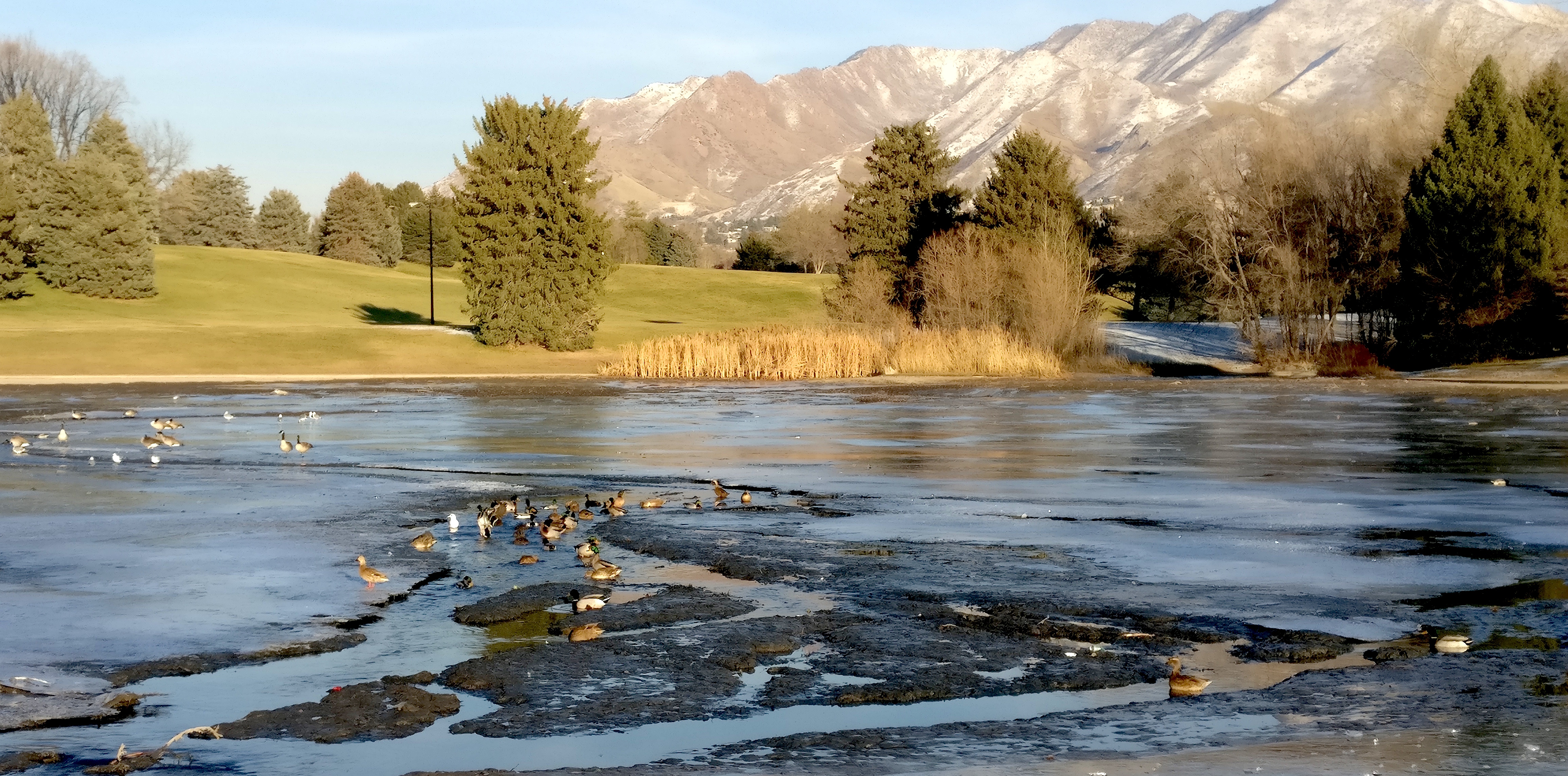If you’ve followed what’s going on here in Michigan you know that we continue to lead the nation in too many categories that aren’t welcome — joblessness, rates of obesity and heart disease, income gap between wealthy and poor, racial segregation, home foreclosures. And we are at the bottom of the heap in categories that define well-being – income growth, business starts, educational achievement, the quality of our big cities, state fiscal health.
There are many reasons why Michigan has slid so far from its stature as an economic powerhouse capable of generating the good life for so many people for decades. The short answer is that our autocentric manufacturing economy, and hierarchical way of making decisions, is obsolete. Moreover, our comfort with Michigan’s divisions – political, racial, religious, class, and geographic — is preventing our ability to decide what to do in a century defined by collaboration.
But as I’ve discovered in so many other places, when you toss aside all the pretense and posturing, break down all the bluster and nonsense that keep us apart, you find that people do share values and principles. That common ground is, in fact, the very ground that lies beneath their feet, the ground that supports their neighborhoods, their schools, their businesses, their children, and themselves. The land, and the communities and culture that have grown up around our places, is what unites people.Â
Last week I was in Knoxville, speaking at a large Quality Growth conference attended by 700 people. The people I met said they were very concerned that record levels of business, housing, and infrastructure investment produced by a new wave of population growth will ruin what is known as the East Tennessee experience. It’s a mix of mountain geography and culture, the hard woods and green pastures, the poverty and independence that fostered a way of life firmly based in family, freedom, hard work, and forbearance.
In February I was in Salt Lake City, which also is growing fast. There people have gathered around the idea that record rates of population growth threatens a high desert religious way of life that treated mountain vistas and great expanses of rangeland as precious gifts of God. The residents of the Wasatch Front, some of the most conservative and independent people in America — it’s Utah after all – nevertheless have reached agreement on an extraordinarily progressive course of action. They are taxing themselves to build light and heavy commuter rail lines, protect farmland and open space, promote energy efficiency, and build new communities around transit stations and stops. They also have convinced the very same Republican government they sent to Washington to quit toying with protections for the gorgeous and job-producing federal wilderness that lies at their doorstep. Â
Here in Michigan, people also come together around our shared natural heritage. This state pioneered many of the environmental protection measures that became national policy. We were the first to outlaw DDT, the first state to establish protections for wetlands and natural rivers, fresh water dunes and inland lakes and streams. Michigan has the largest state-owned public domain east of the Mississippi, more than 4 million acres. And Michigan brokered a deal with the energy industry in 1980 that allowed for drilling on state lands in exchange for investing royalties in a state-managed account, the Natural Resources Trust Fund. The Trust Fund has paid for permanently preserving tens of thousands of acres of wild land and open space in Michigan, including more than 6,000 acres of coastal Lake Michigan dunes and forest in Benzie County, where I live.
Michigan’s geography has always been its economy. Only today it’s not about chopping down 17 million acres of old growth, as Michigan did 110 years ago. It’s about conservation and intelligent investment in resource-based industries. Michigan’s development strategy, still heavily dependent on jobs we can’t keep in a global economy, needs to be based much more firmly in its natural heritage. One state agency, Travel Michigan, seems to truly recognize that fact. Last year, Travel Michigan worked with McCann Erickson, the big Birmingham advertising agency, to produce a series of video spots, narrated by Tim Allen, that every Michigan resident ought to see.Â
Melinda Remer, the agency’s marketing director who helped to conceive the project, told me today that the first three videos, which focus on Michigan’s natural and cultural assets, were released in May 2006 and cost $36,000 to produce, and were part of a $7.5 million multi-year marketing campaign. Over the summer they helped to attract more than 1 million visitors a month to Travel Michigan’s Web site. Two more videos, one of which will explore Michigan’s cities, are due to be released next month.  Â
Check all three out. They just make you want to tap every Lansing lawmaker on the shoulder. See. Quit your political gamesmanship. Stop spending money on what doesn’t work. The land, the water, our forests, Michigan’s great institutions, our towns, our schools, our neighbors. That’s what matters. That’s why we love Michigan. Â
[youtube]QOTNnQ0gbt8[/youtube]
[youtube]9MUrQiMWVvk[/youtube]
[youtube]EBdM2MlRDmg[/youtube]
